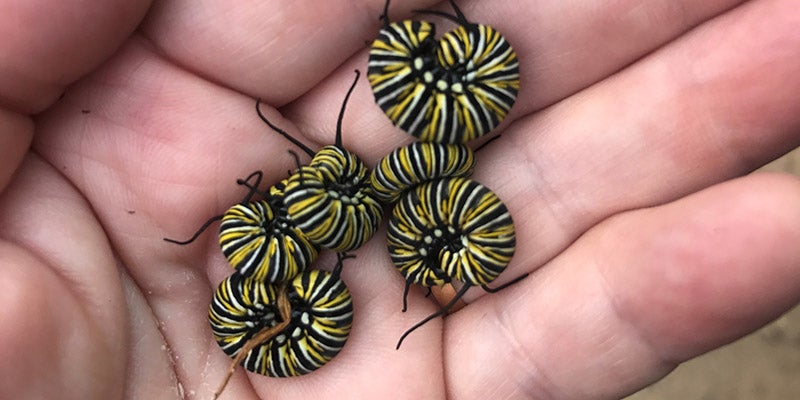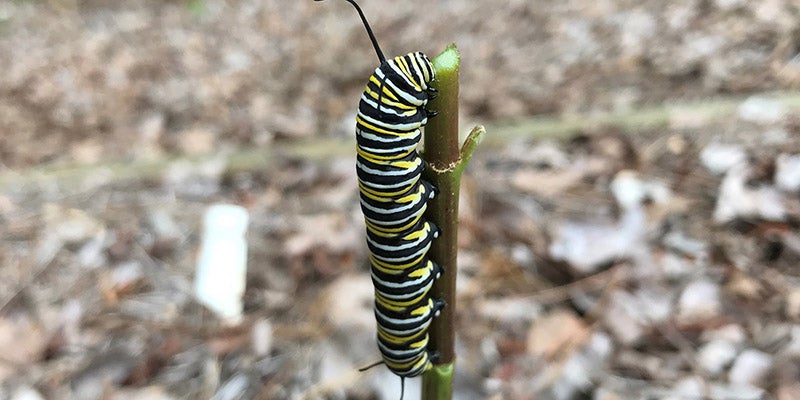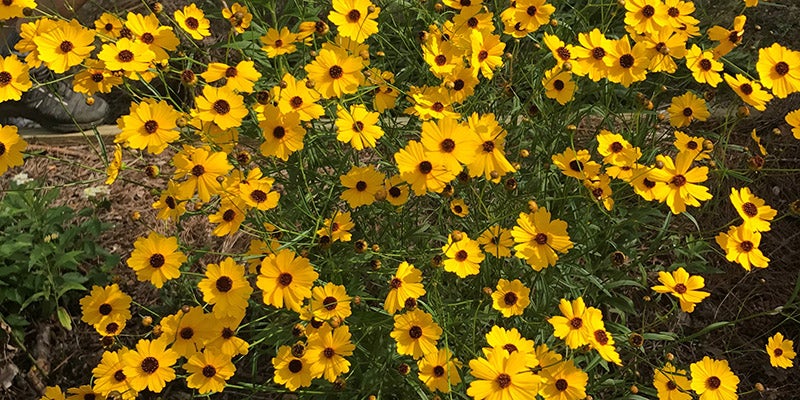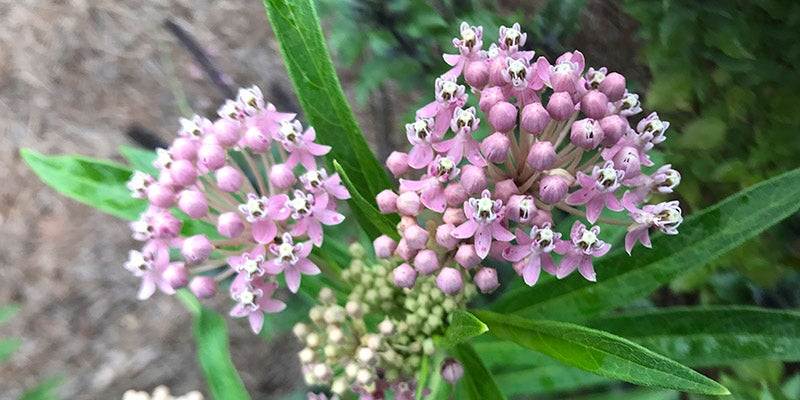Now is the time to prepare for monarch butterflies next spring
Published 7:00 am Wednesday, May 27, 2020
By Patricia R. Drackett
Director, The Crosby Arboretum, Mississippi State University
Assistant Extension Professor of Landscape Architecture
The Crosby Arboretum’s pollinator garden has been developing over these past few years and this year we are pleased there are quite a few plants performing successfully in the garden. Those of you who garden in large spaces will understand exactly what I mean by this being a learning experience!
Our pollinator garden was planted in 2016 as a community project by the hard-working team of Michelle Berdux, Laurie Langlois and Sharon Guepet with the Pearl River County Partners in Leadership training program. The group installed hundreds of new butterfly and pollinator plants.
The team didn’t just plant flowers. They spent many months organizing a team of volunteers who removed the deteriorated lumber in our raised beds and the poor soil, and then regraded the area and built sturdy new bed frames. Beautiful new fertile topsoil was installed, and soil amendments such as peat, pine bark and cow manure were tilled in to prepare the beds for new plants.
Over the years we have been learning what species will perform well in an environment where they are left to fend for themselves. In other words, low maintenance, top performers that survive for long periods with only natural rainwater. And we’ve learned which plants not to plant, such as those which seed freely and pop up everywhere and need to be removed.
“Seeding freely” is not necessarily a bad thing. Some plants, like the native red sage (Salvia coccinea) which is attractive to hummingbirds, are very easy to pull from areas where they are not needed. Part of the fun of having a large garden is finding new plants like this that can be used to fill in other areas.
Sadly, we learned a lesson this spring through the loss of some robust perennial swamp milkweed plants, which prospered in the garden for four years, every year growing close to five feet tall. However, this year we “adopted” some monarch caterpillars that had exhausted the milkweed supply in someone’s garden. It wasn’t long before every single one of the developing leaves and green stems on our returning plants were devoured, also, leading to the death of the plants.
Over the past few years, we have been promoting the need for gardeners interested in providing milkweed to monarch butterflies to establish large beds of milkweed rather than just adding a few plants here and there. One caterpillar can consume three milkweed plants as it moves through its five growing stages, called “instars.” Otherwise, you may find yourself one day in desperation calling all your gardening friends who have milkweed, looking for food once your own sources become depleted.
When monarch butterflies first arrive in the U.S. in the spring after overwintering in fir forests in Mexico, they need to find nectar for food, and also begin to search for milkweed – their “host” plant – on which they will lay eggs. These eggs become the next generation and will continue migrating north, sometimes as far as Canada.
Becoming aware of the timing of the monarch butterfly life cycle is key if you plan to grow milkweed to attract them. In the fall, migrating monarchs passing through our coastal area on their way back to Mexico don’t need milkweed! Instead, they need nectar plants to fuel their long journey ahead.
If your milkweed plants have “taken a hit” this spring and didn’t regenerate as quickly as you had hoped, now is the time to begin preparing for next spring’s migration.
The native milkweed species we recommend for using in place of the invasive tropical milkweed is swamp milkweed (Asclepias incarnata). Contrary to its name, it performs just fine in regular garden soil. The species is widely available in the seed trade, although we recommend using seed collected within our coastal region (and grown at the Arboretum), which is more tolerant of Deep South heat and humidity.
You can establish large beds of milkweed through a combination of establishing plants from seed, either purchased or collected from your plants, and by taking cuttings from existing plants. Always use caution when pruning milkweed, as the sap is toxic and if wiped into your eyes can cause burning.
With just a little planning, you can have an abundant source of milkweed in your garden!
The Crosby Arboretum is located at 370 Ridge Road in Picayune, at I-59 Exit 4. To receive updates on activities, including when we will be open to the public again, you may sign up for our email listserv at “Events Updates” on the main menu on our website at http://crosbyarboretum.msstate.edu.







